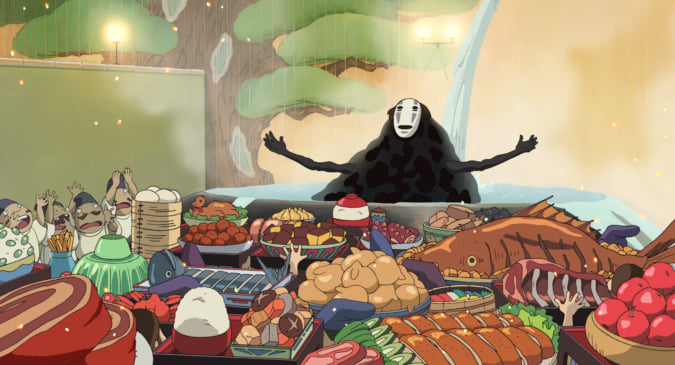A Rare Japanese Garden Hidden Within Honen-in Temple in Kyoto
Visible only twice a year, ‘Empty River’, designed by landscape architect Marc Peter Keane, evokes the carbon cycle.
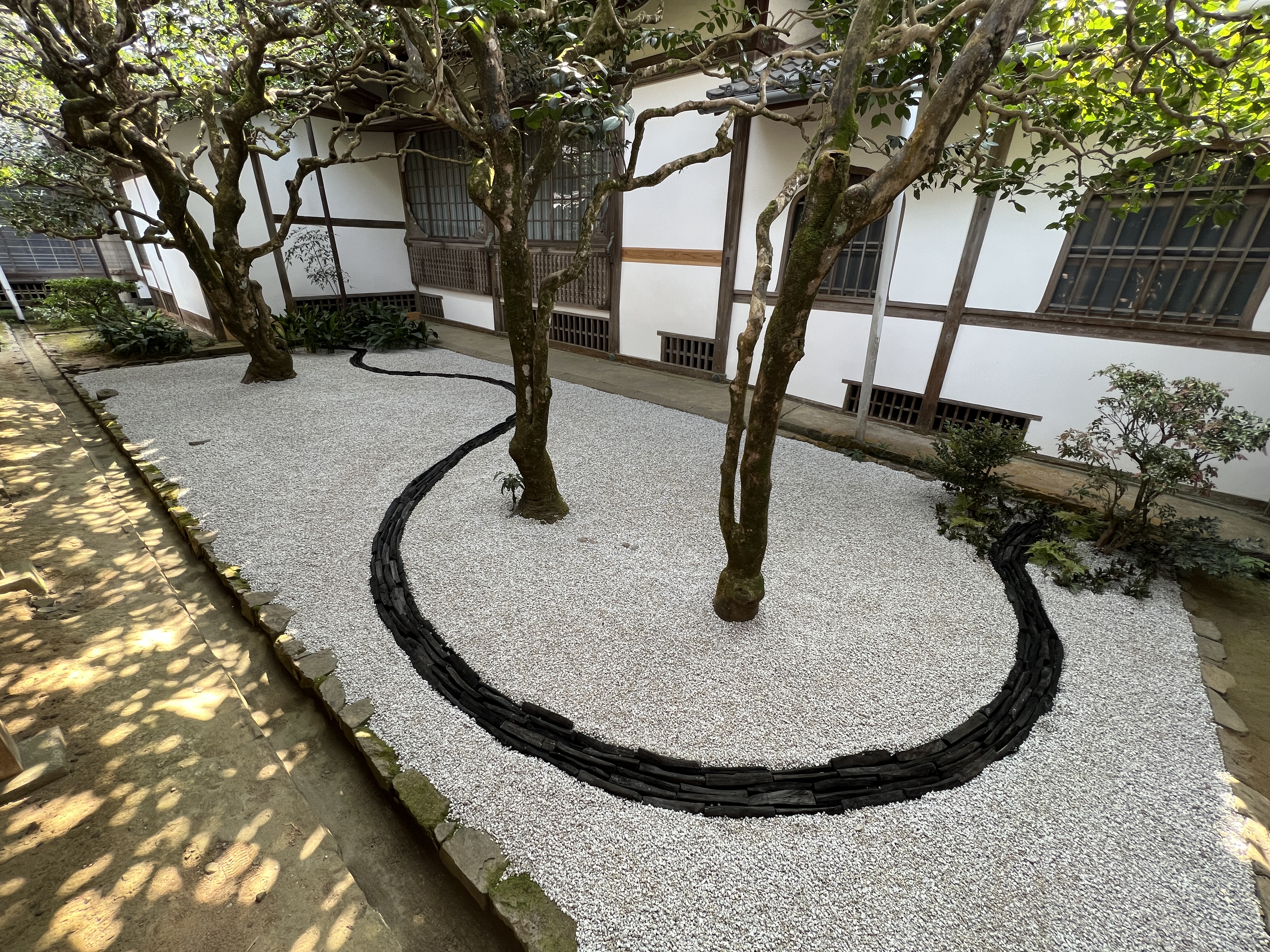
‘Empty River’ by Marc Peter Keane at Honen-in.
Unfolding with the grace of a calligraphic stroke, where the deep black contrasts against the pristine white of a sheet of paper, Empty River finds its course within the confines of Honen-in Temple in Kyoto. Crafted by American landscape architect Marc Peter Keane, this Japanese garden is accessible only twice annually, during the temple’s open week, as its interior typically remains closed to the public.
Honen-in is dedicated to the eponymous monk, a fundamental figure in the Japanese Pure Land Buddhism school, which reveres the Buddha Amida. Nestled in the heights along the Philosopher’s Path in Kyoto, this temple has garnered a reputation for promoting contemporary art over the past few decades under the guidance of its high priest, Shinsho Kajita. Artworks and other artistic manifestations take place within its grounds each year.
In March 2023, Shinsho Kajita, who resides in the temple with his family, approached longtime Kyoto resident Marc Peter Keane to design his private inner courtyard. At the time, only three old camellias remained there, providing the starting point for the landscape architect’s composition.
Integration of Art and Nature
For this project, titled Empty River, Keane chose to express the Buddhist concept of emptiness while drawing inspiration from the carbon cycle. This element aptly symbolizes the interactions among all things, interactions collectively termed ‘nature’. Carbon is captured from the air by plants, consumed by insects, which are then consumed by animals, returning carbon to the air through respiration.
Keane physically manifests this cycle as a river composed of pure carbon charcoal. He initially traced the river’s path winding amidst the camellia roots within brown and white gravel. Then, he filled the riverbed with small charcoal sticks, creating a stark contrast against the gravel.
The Japanese garden, seemingly simple yet possessing a raw beauty capable of eliciting complex reflections and intense emotions, takes on another dimension in April. The vibrant colors of fallen camellia petals then carpet the ground, presenting a landscape of striking splendor—the fruition of the encounter between art and nature. Fortunately, this spectacle unfolds during one of the two periods when Honen-in opens its doors to visitors. During the first week of April and the third week of November, Empty River unveils its rare landscape, all the more precious for its rarity.
More of Marc Peter Keane’s work can be explored on his website, Instagram account and Facebook page.
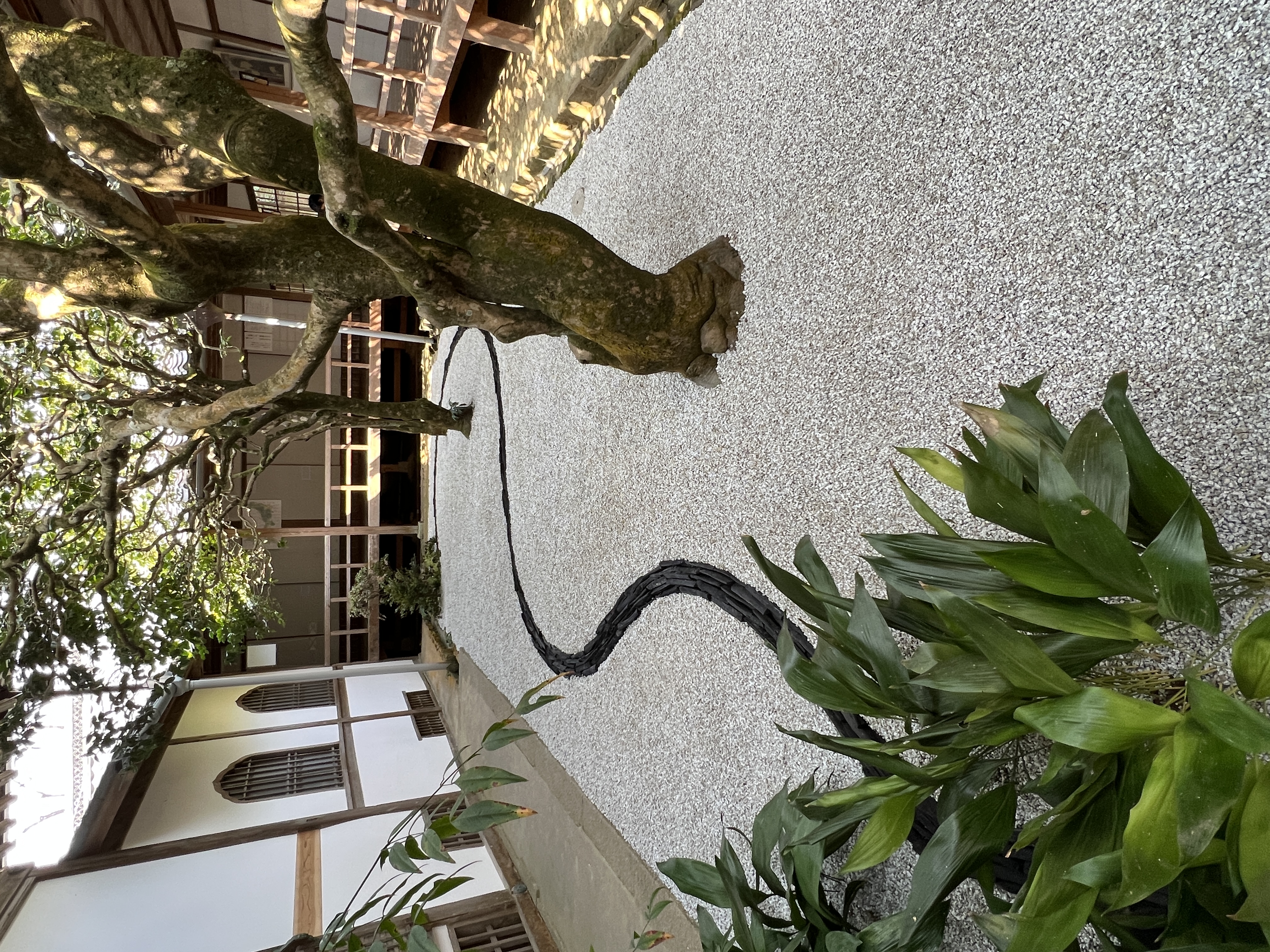
‘Empty River’ by Marc Peter Keane at Honen-in.
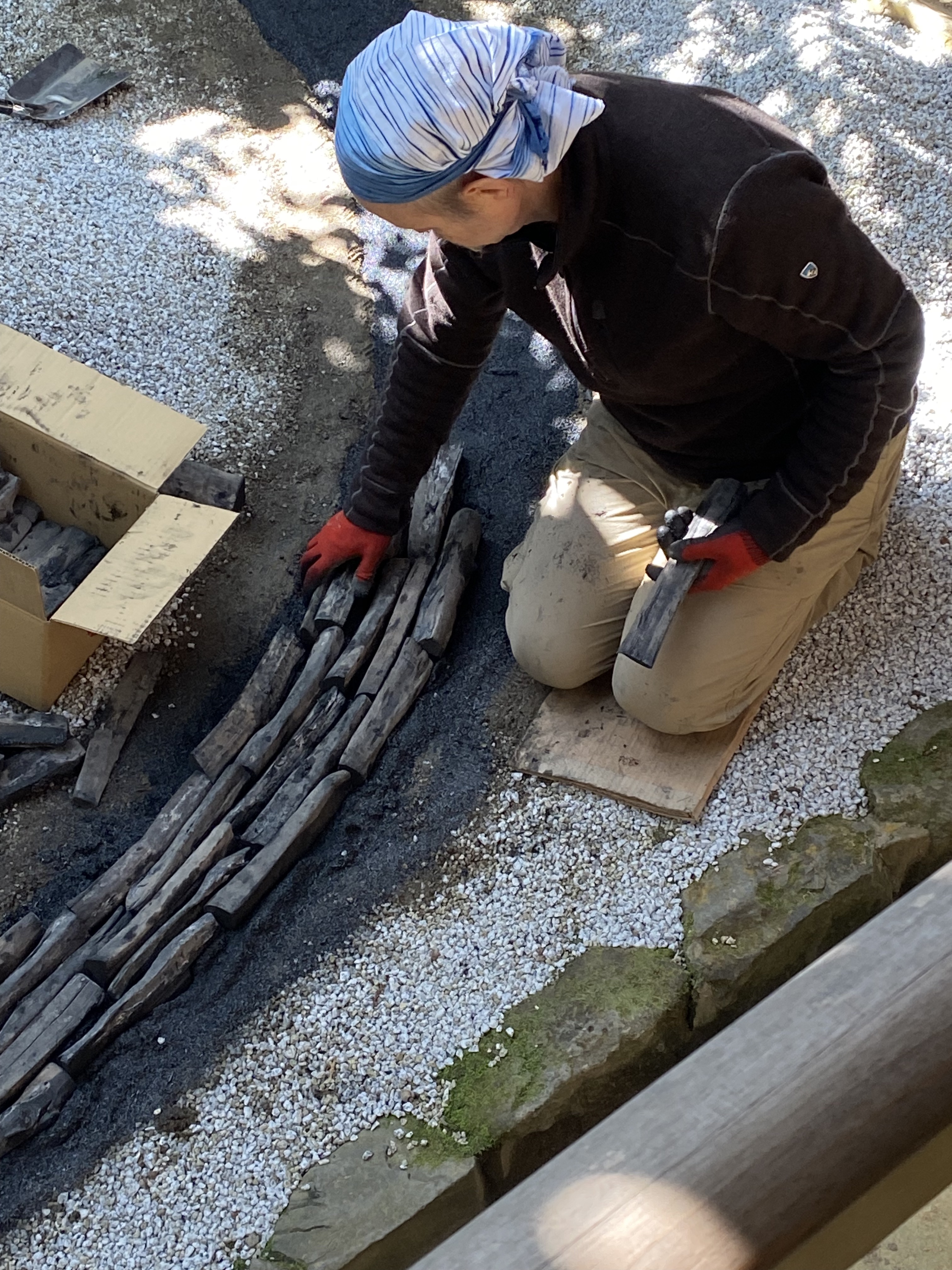
Marc Peter Keane creating ‘Empty River’ at Honen-in.
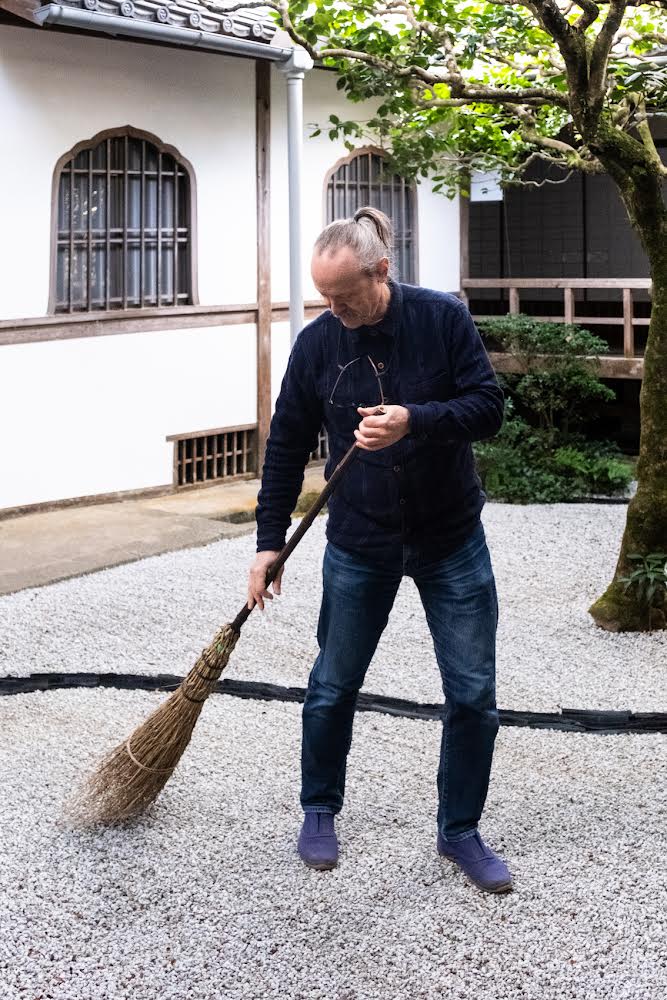
Marc Peter Keane creating ‘Empty River’ at Honen-in. Photo by @AFaulkPhoto for the ‘New York Times’.
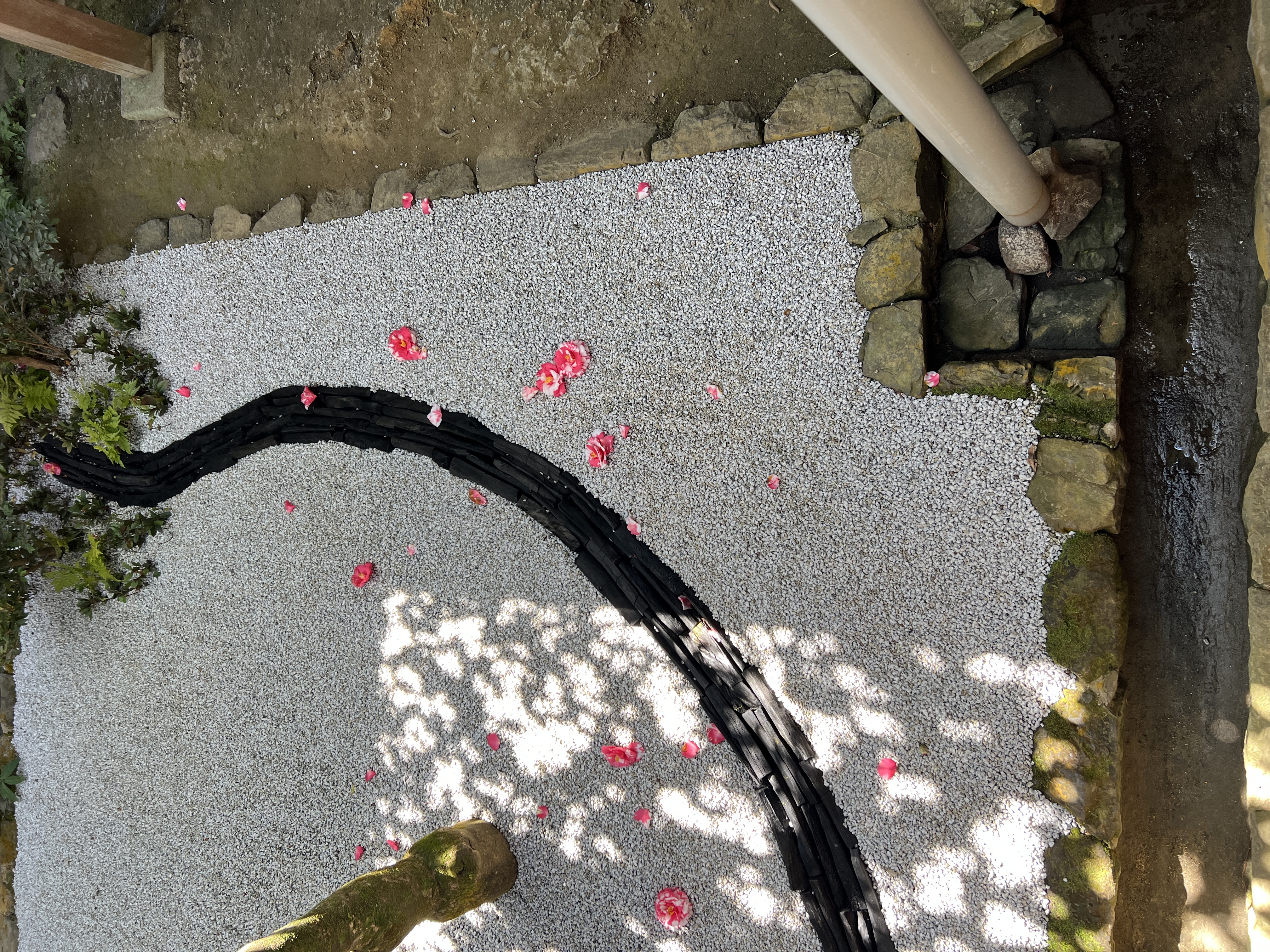
‘Empty River’ by Marc Peter Keane at Honen-in.
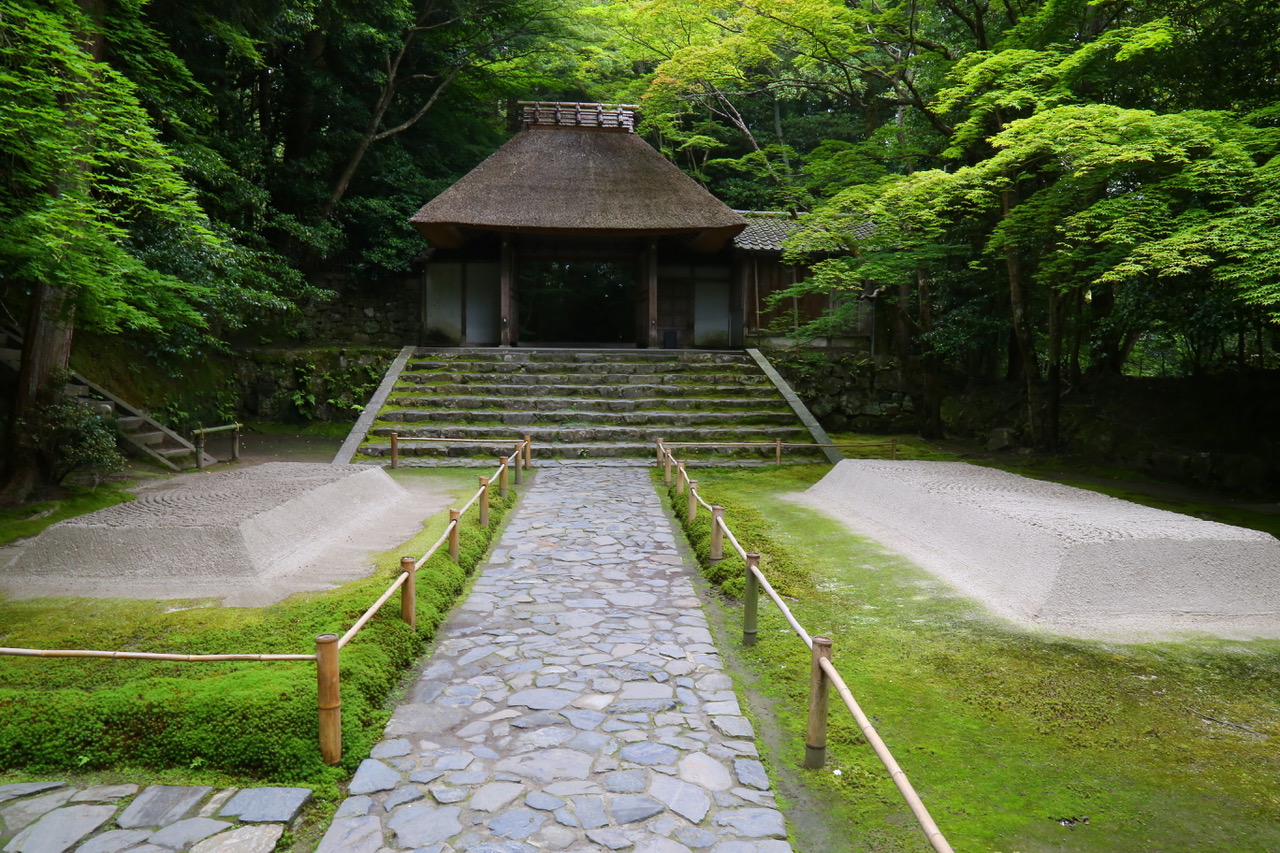
Honen-in temple's famous thatched-roof gate.
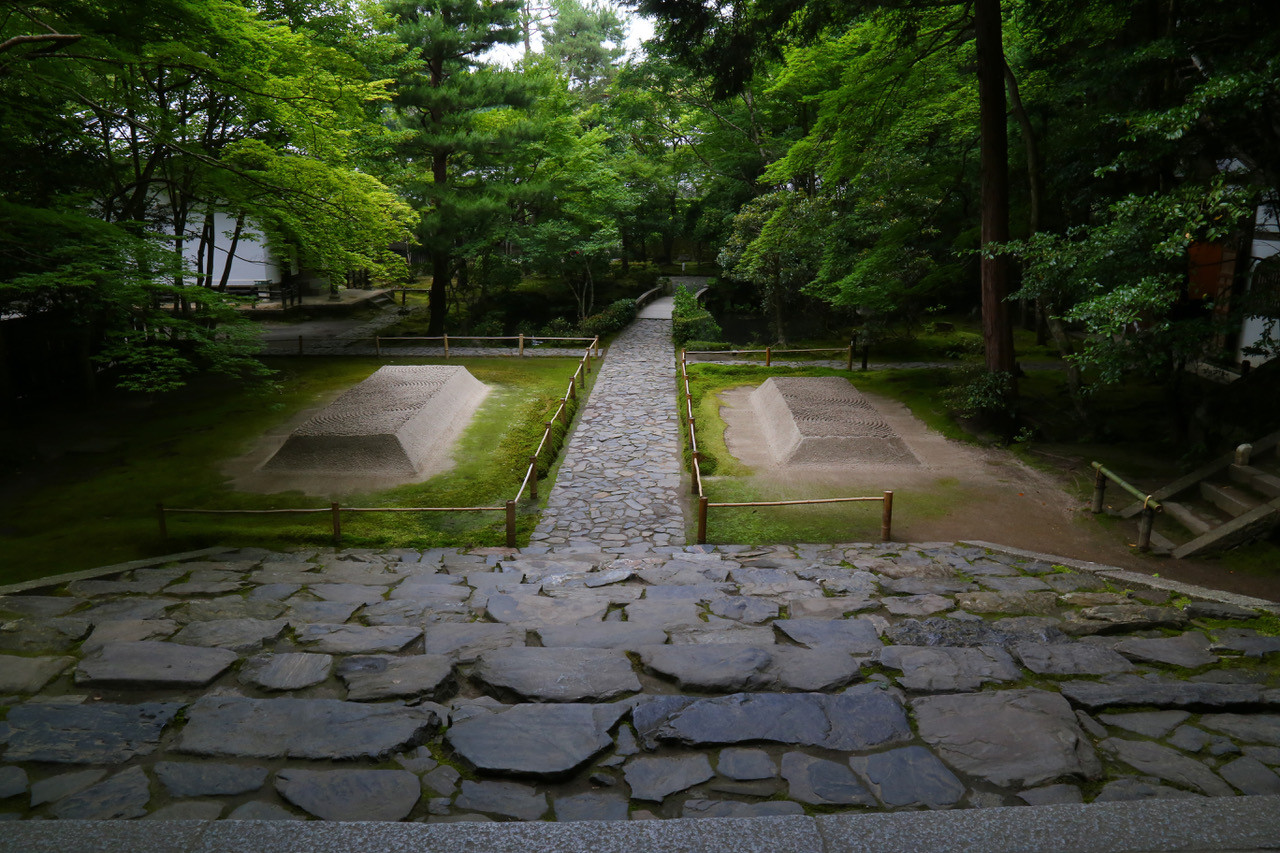
View of sand hills called ‘Byakusadan’ as seen from the gate.
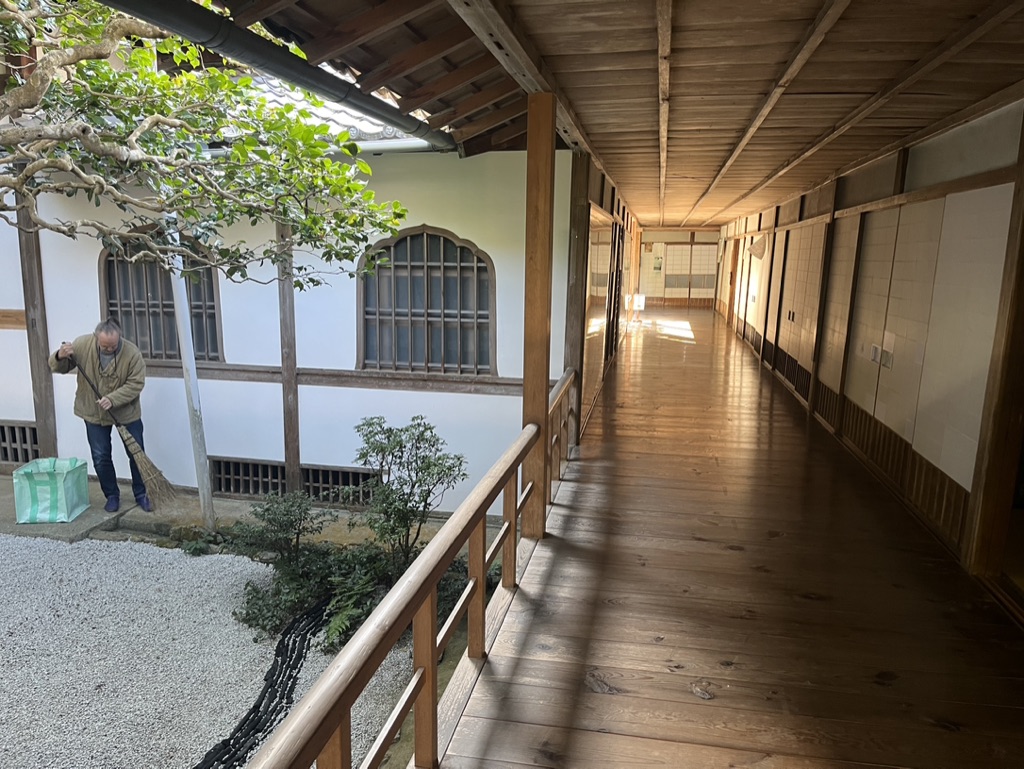
View of the Honen-in building and the inner courtyard where ‘Empty River’ is located.
TRENDING
-
The Tattoos that Marked the Criminals of the Edo Period
Traditional tattoos were strong signifiers; murderers had head tattoos, while theft might result in an arm tattoo.

-
The Story of Sada Yacco, the Geisha who Bewitched Europe
Described by Dazed magazine as the first beauty influencer, she has been restored to her former glory since 2019.

-
Ito Jakuchu's Naturalist Paintings
From 15 September until 14 October 2018, the Petit Palais showcased the artist's iconic ‘Images of the Colourful Realm of Living Beings’.

-
Chiharu Shiota, Red Threads of the Soul
Last year, more than 660,000 people visited the retrospective 'Chiharu Shiota: The Soul Trembles' exhibit at the Mori Art Museum.

-
Studio Ghibli's Delicious Dishes Are More Than Just Details
Food, often inspired by the directors' favourite recipes, is a crucial element in the plot of these animated films.





